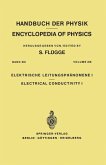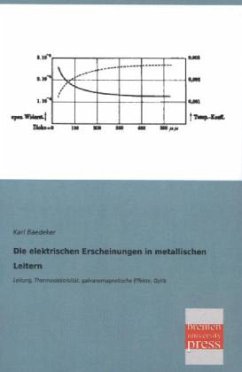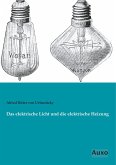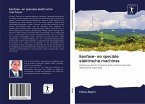191 Apart from numerous difficulties arising from the high pressure technique as such, there is a natural limitation to the possibility of applying a hydrostatic pressure, since liquids under pressure will solidify above a certain pressure limit. 8 2 Up to pressures of 3 X 10 kg.jm. at room temperature, a liquid like isopentane can be used. For higher pressures helium gas may be used, perhaps to about 9 2 10 kg.jm. , but BRIDGMAN already encountered enormous leakage difficulties 7 when using this gas at 7.10 kg.jm.2 at 90° K. A solution has been found by applying mechanical pressure for the range 8 9 2 between 3 X 10 and 10 kg.jm. , by using silver chloride as transmittant. In this case, however, one has to apply unknown corrections for shearing stress and deformation of the sample, a problem which BRIDGMAN solved experimentally by a determination of the resistivity in the pressure region between 2 and 8 2 5 X 10 kg.jm. , by the hydrostatic and by the mechanical pressure method as well, and applying the correction factor thus determined to the results obtained at higher pressures. Though this method seems to be right in good approximation, the data for the highest pressures are to be considered as less accurate.
Hinweis: Dieser Artikel kann nur an eine deutsche Lieferadresse ausgeliefert werden.
Hinweis: Dieser Artikel kann nur an eine deutsche Lieferadresse ausgeliefert werden.







